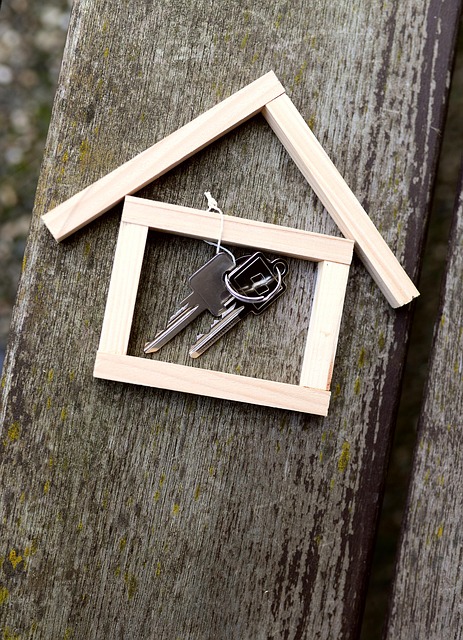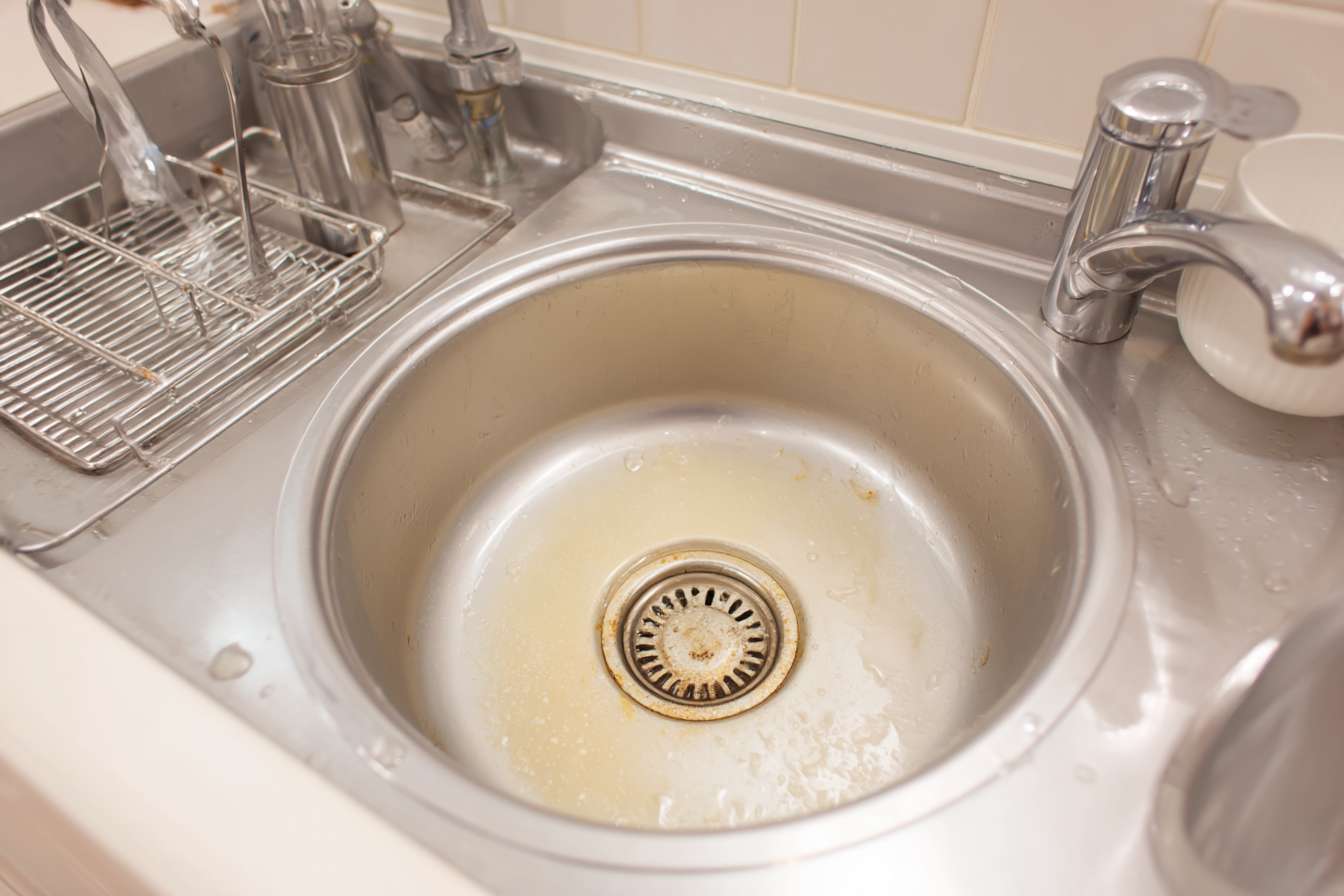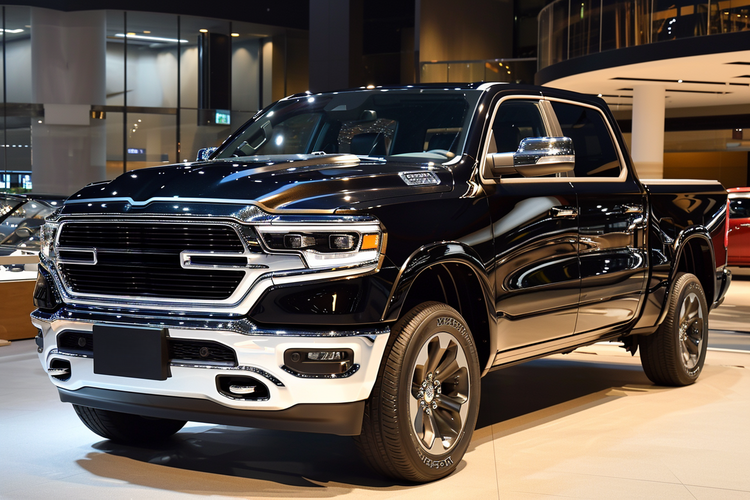Unlocking Your Dream Retirement: What 2-Bedroom Prefab Bungalows Really Cost in 2025
Retirement living options continue to evolve, with prefabricated bungalows emerging as a popular choice for seniors seeking comfort, accessibility, and financial efficiency. These factory-built homes offer significant advantages for retirees, including reduced construction timelines, potential cost savings, and customizable designs that accommodate changing mobility needs. As we move into 2025, the prefab housing market has matured considerably, offering more sophisticated, energy-efficient options specifically designed for senior living.

Beyond the Sticker Price: Unpacking the True Cost
When considering a 2-bedroom prefab bungalow for retirement, understanding the complete financial picture extends well beyond the initial quoted price. The base cost typically covers the manufactured structure itself, but several other expenses factor into the total investment. Site preparation, including foundation work, can add €5,000-€15,000 depending on terrain conditions. Utility connections for water, electricity, and sewage may require an additional €3,000-€8,000, while delivery and installation costs generally range from €5,000-€20,000 based on distance and complexity.
Permit fees vary significantly by location, typically ranging from €1,500-€5,000. Additionally, customization options like upgraded fixtures, energy-efficient appliances, accessibility features, or modified floor plans can increase the base price by 10-30%. When calculating the true investment, consider also ongoing costs such as property taxes, insurance, and potentially lower maintenance and energy expenses compared to traditional housing.
The Speed of Smart Living: From Factory to Foundation
One of the most compelling advantages of prefabricated bungalows for retirees is the dramatically reduced construction timeline. While conventional site-built homes typically take 6-12 months to complete, a prefab bungalow can be ready for occupancy within 8-16 weeks after order confirmation. This efficiency stems from the controlled factory environment where construction proceeds regardless of weather conditions, with skilled teams working simultaneously on different components.
The process begins with design selection and customization, followed by manufacturing in climate-controlled facilities where quality control standards often exceed those of traditional construction. Once produced, the modules are transported to the prepared site, where final assembly typically takes just days to weeks. This streamlined timeline allows retirees to transition more quickly and with less disruption, minimizing the stress often associated with housing changes later in life.
Designed for Life: The Senior-Friendly Advantage
Prefabricated bungalows offer distinct advantages for senior living that extend beyond convenience. Modern prefab designs increasingly incorporate universal design principles, creating spaces that accommodate changing mobility needs without sacrificing aesthetics. Single-level living eliminates the hazards and difficulties of stairs, while open floor plans create easily navigable spaces with improved sight lines throughout the home.
Features commonly available include wider doorways and hallways for potential wheelchair access, zero-threshold entries, reinforced bathroom walls for future grab bar installation, and kitchens with variable-height countertops. Many manufacturers now offer specific senior-living packages with lever-style door handles, slip-resistant flooring, enhanced lighting systems, and smart home technology that can integrate with health monitoring devices. These thoughtful design elements allow retirees to age in place comfortably, potentially delaying or eliminating the need for assisted living facilities.
The Smart Shopper’s Guide: A Comparative Look at Suppliers
The growing popularity of prefabricated housing has expanded the marketplace considerably, giving retirement homebuyers more options than ever before. Understanding the differences between suppliers is essential for making an informed decision that balances quality, customization options, and value.
| Supplier | Base Price (2BR) | Construction Type | Energy Rating | Warranty | Delivery Timeline |
|---|---|---|---|---|---|
| ModernRetire | €90,000-€115,000 | Modular/Sectional | A2-A3 | 10-year structural | 12-14 weeks |
| EcoHaven Homes | €105,000-€130,000 | Timber Frame | A1-A2 | 25-year structural | 14-16 weeks |
| SilverLife Prefabs | €85,000-€110,000 | Steel Frame | B1-A3 | 15-year structural | 10-12 weeks |
| Bungalow Express | €75,000-€95,000 | Modular/Concrete | B2-B1 | 7-year structural | 8-10 weeks |
| Premium Living | €120,000-€160,000 | Hybrid Construction | A1+ | 30-year structural | 16-20 weeks |
Prices, rates, or cost estimates mentioned in this article are based on the latest available information but may change over time. Independent research is advised before making financial decisions.
When comparing suppliers, look beyond price to evaluate construction methods, materials quality, customization flexibility, and after-sales service. Request detailed specifications on insulation values, glazing quality, and ventilation systems, as these significantly impact long-term energy costs. Review customer testimonials specifically from other retirees, and whenever possible, visit completed homes or showrooms to assess build quality firsthand.
Your Next Steps: What to Ask Before You Buy
Before committing to a prefabricated bungalow purchase, prepare a comprehensive list of questions to ensure you’re making a fully informed decision. Begin by clarifying exactly what’s included in the quoted price and what constitutes “extras.” Ask for detailed breakdowns of site preparation requirements and associated costs specific to your chosen location. Understand the payment schedule, including deposit requirements, stage payments, and final payment terms.
Request specific information about the company’s experience building senior-friendly homes and their ability to accommodate future accessibility needs as they emerge. Investigate the warranty coverage thoroughly, confirming what’s covered and for how long, particularly regarding structural elements, plumbing, electrical systems, and appliances. Inquire about after-completion service—how responsive is the company to addressing issues that might arise after installation? Finally, research local zoning regulations and building codes to confirm your prefab choice complies with all requirements for your intended location.
Retirement living should offer both comfort and peace of mind. By thoroughly investigating your prefab bungalow options, understanding the complete cost picture, and selecting the right supplier for your needs, you can create a retirement home that combines quality, affordability, and design that supports your changing needs for years to come.




